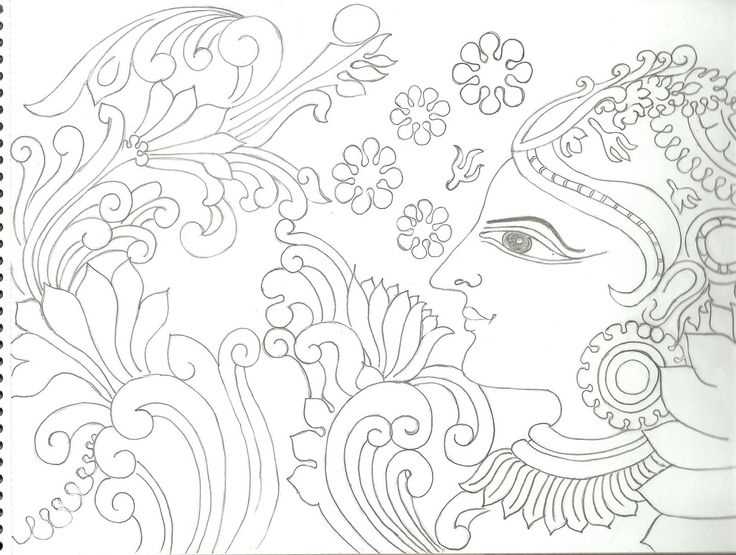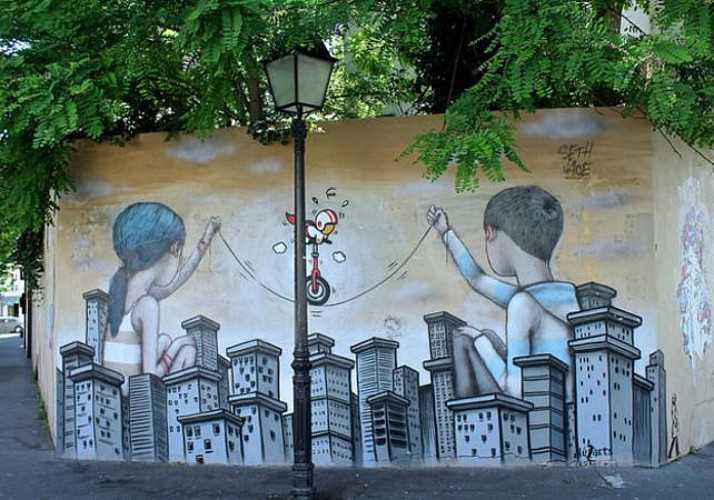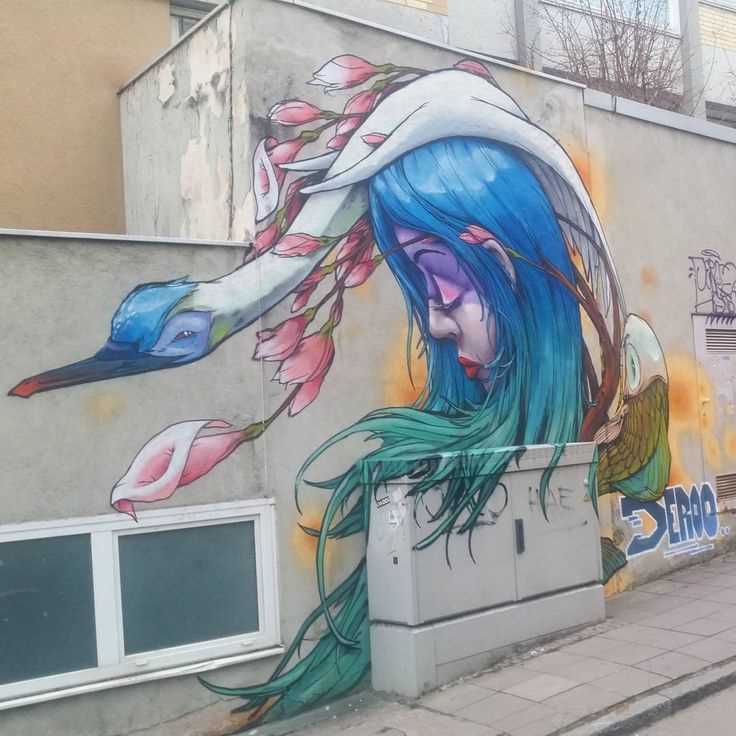
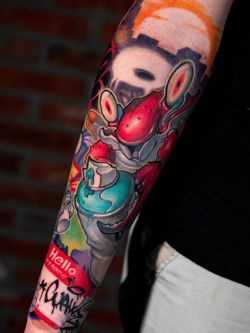
Street art tattoos have become a unique and fascinating phenomenon in the world of body art. Combining the raw energy and creativity of graffiti with the precision and technique of stencil art, these tattoos create a visual spectacle that captures the essence of urban culture.
Stencil tag, a popular form of street art, involves creating intricate designs by cutting out stencils and spray-painting them onto walls, sidewalks, and buildings. This art form allows artists to quickly create visually striking images with clean lines and bold colors. Graffiti, on the other hand, is known for its expressive and free-flowing style, often created with spray paint or markers to create large-scale murals.
The fusion of stencil tag and graffiti in street art tattoos allows artists to capture the energy and boldness of both art forms in a unique and personal way. These tattoos often feature vibrant colors, bold lines, and intricate designs that reflect the artist’s individual style. From small, delicate pieces to full sleeve tattoos, street art tattoos are a powerful form of self-expression that showcase the artist’s love for urban culture.
Street art tattoos are not just a trend, but a form of art that pushes boundaries and challenges traditional notions of beauty and aesthetics. They are a way for individuals to carry a piece of street art with them wherever they go, creating a connection to urban culture and the vibrant spirit of the city. Whether you’re a fan of street art or simply appreciate the creativity and skill that goes into these tattoos, they are a true testament to the power of art to inspire and captivate.
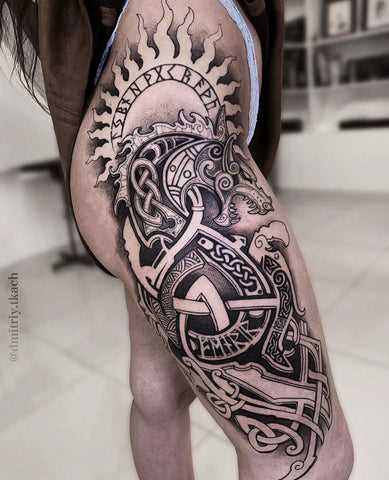
As street art tattoos continue to push the boundaries of creativity, a new fusion of stencil tag and graffiti emerges, capturing the essence of artistic expression. This unique art form combines the raw energy of graffiti with the precision and detail of stencil work, resulting in captivating designs that adorn the skin.
Inspired by the vibrant street art scene, these tattoos embrace the rebellious spirit and urban culture that define this underground movement. Artists explore a wide range of subjects, from iconic images and phrases to abstract designs and portraits. Each tattoo tells a story, reflecting the personal experiences and perspectives of the wearer.
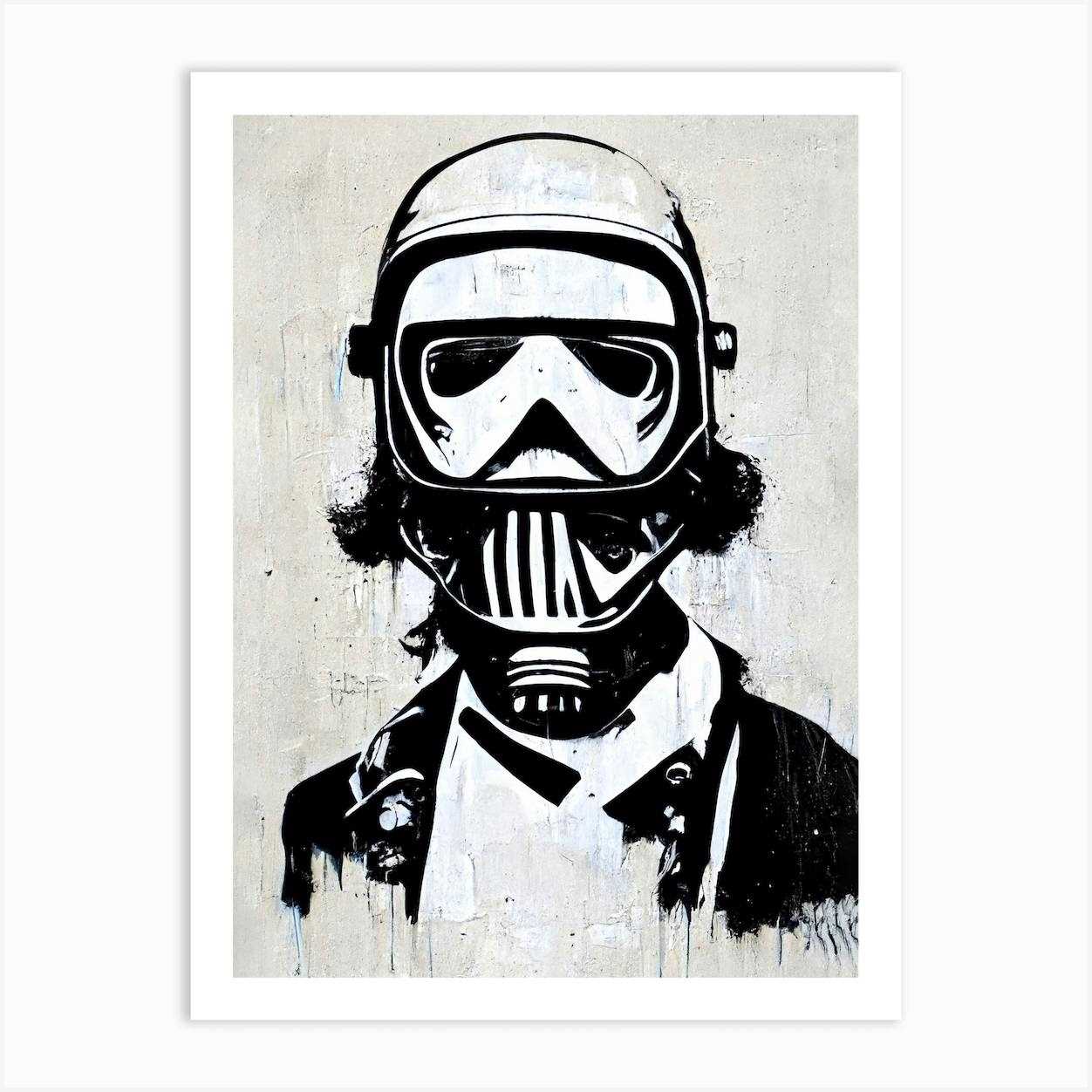
Central to the street art tattoo movement is the technique of stencil tag. Artists meticulously cut out intricate designs on a stencil, allowing for precise replication on various surfaces, including skin. This method ensures that every line and detail is preserved, resulting in bold and defined tattoos that make a statement.
Graffiti: The Language of the Streets
Graffiti, often associated with urban decay and vandalism, finds a new purpose in the world of street art tattoos. Artists draw inspiration from the bold colors, free-flowing lines, and expressive lettering found on city walls. Embracing the spontaneity and energy of graffiti, they transform it into a visual language that speaks to their artistic vision.
Street art tattoos capture the dynamic nature of the urban environment, encapsulating the spirit of rebellion, creativity, and self-expression. It is through this fusion of stencil tag and graffiti that the essence of artistic expression is truly realized.
The Origin and Evolution of Street Art Tattoos
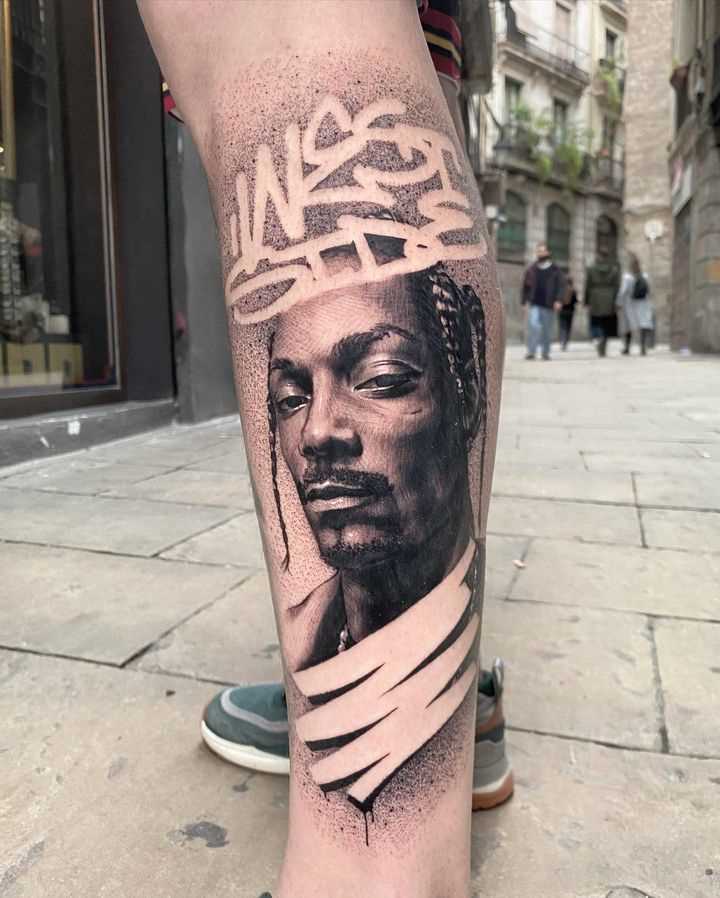
Street art tattoos have their roots in the underground subculture of graffiti and urban art. Emerging in the late 20th century, street art tattoos are a bold and rebellious form of self-expression that combines the vibrant aesthetics of traditional graffiti with the permanence of tattoos.
The origins of street art tattoos can be traced back to the early days of graffiti, when urban artists would take their signature tags and transform them into stencils. These stencils were then used to create intricate and detailed designs on walls, bridges, and other public spaces.
As the graffiti movement evolved, so did the techniques used by street artists. Many began to experiment with different mediums and tools, including tattoo machines. This led to the birth of street art tattoos as we know them today.
Street art tattoos are characterized by their bold lines, vibrant colors, and intricate designs. They often feature iconic imagery, such as skulls, roses, and animals, as well as text and lettering. Many street art tattoos also incorporate elements of traditional graffiti, such as tags, throw-ups, and wildstyle lettering.
One of the defining features of street art tattoos is their ability to tell a story or convey a message. Just like traditional graffiti, street art tattoos can be used to make political statements, raise awareness about social issues, or simply express the artist’s personal style and beliefs.
Over the years, street art tattoos have gained mainstream recognition and acceptance. Today, you can find street art-inspired tattoos in tattoo studios around the world, as well as on the bodies of artists, musicians, and actors.
The evolution of street art tattoos continues to this day, as artists push the boundaries of the medium and explore new techniques and styles. From stencil tags to full-color murals, street art tattoos have become a dynamic and vibrant art form that is here to stay.
The Unique Visual Language of Stencil Art
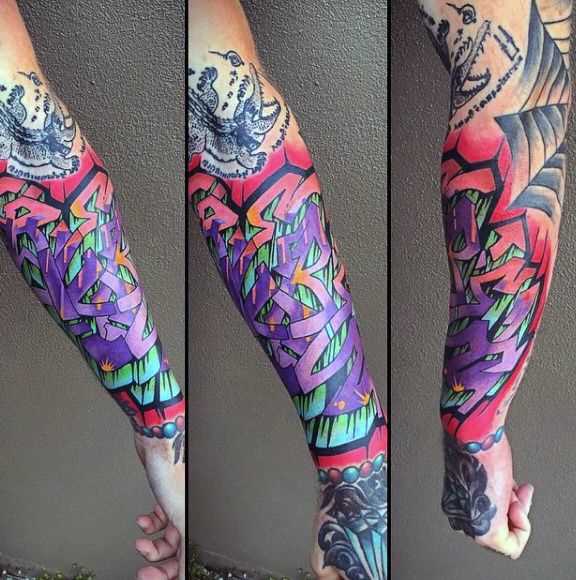
Stencil art is a unique form of street art that is distinguished by its use of stencils as a primary medium. This technique involves cutting out intricate designs on a thin sheet of material, such as paper or plastic, and then using the stencil as a template to create the artwork on various surfaces, such as walls, canvases, or even skin in the case of street art tattoos.
What sets stencil art apart from other forms of street art is its distinct visual language. The use of stencils allows artists to create clean, precise lines and shapes that can be easily replicated and mass-produced. This precision gives stencil art its characteristic graphic and graphic element, reminiscent of commercial printing techniques.
Another notable feature of stencil art is its versatility. Artists can create multi-layered and multi-colored designs by using multiple stencils and layering them on top of each other. This technique allows for a range of visual effects and depth, giving stencil art a unique and three-dimensional quality.
Stencil art has also become synonymous with political and social commentary. Many street artists use stencils to convey powerful messages and make political statements. By creating bold and eye-catching designs, stencil artists can easily grab the attention of passersby and spark conversations about important issues.
Overall, stencil art offers a unique visual language that combines precision, versatility, and social commentary. Its ability to convey complex ideas in a visually compelling way has made it a powerful tool for street artists around the world, and it continues to play a significant role in contemporary urban art.
Capturing the Spirit of the Streets
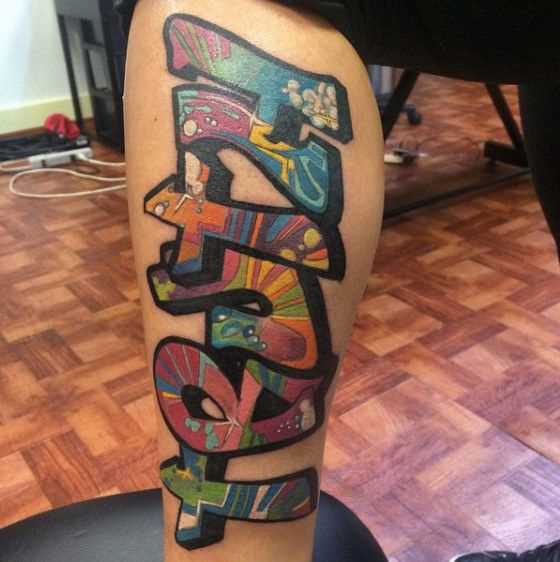
The vibrant and dynamic streets of cities around the world have long been a source of inspiration for artists. Street art tattoos offer a unique way to capture the spirit and energy of these urban spaces through the fusion of stencil art, tag style, and graffiti aesthetics.
Street art tattoos often feature bold and expressive designs that reflect the rebellious nature of street culture. By taking elements from stencil art, where images are created by cutting out a design and spraying or brushing paint over the exposed areas, and combining them with the raw and unfiltered style of graffiti tags, these tattoos create a visual language that speaks to the spirit of the streets.
One of the key characteristics of street art tattoos is their ability to tell a story. Just like the streets themselves, these tattoos are often filled with layers of meaning and symbolism. They can serve as a form of self-expression, capturing the personal experiences and emotions of the wearer. They can also be a way to pay tribute to a particular city or neighborhood, representing the unique culture and history of a place.
Street art tattoos also draw inspiration from the ever-evolving urban landscape. Just as graffiti tags change and evolve over time, these tattoos can take on new forms and meanings as they adapt to the individual who wears them. They can be a constant reminder of the ever-changing nature of the streets and the need to embrace creativity and adaptability in order to thrive in urban environments.
The fusion of stencil tag and graffiti in street art tattoos creates a unique visual style that captures the spirit of the streets. Whether it’s through bold and expressive designs, layered meanings and symbolism, or the constant evolution of the tattoo itself, these tattoos serve as a powerful testament to the vibrancy and energy of urban culture.
The Impact of Tagging on Street Art Tattoos
Tagging has had a significant impact on the world of street art tattoos, shaping the way artists approach their designs and influencing the overall aesthetic of this art form.
The Art of Tagging
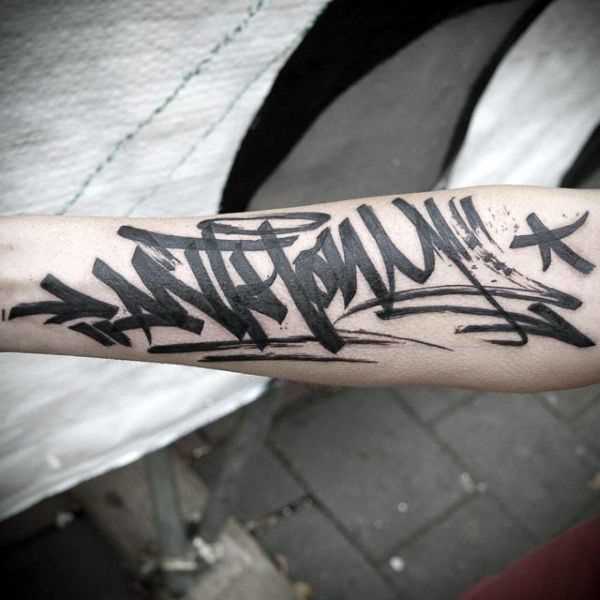
Tagging, often associated with graffiti, is the act of writing or drawing an individual’s signature or moniker in a public space. It serves as a form of self-expression and identity for many street artists, as well as a way to gain recognition within their community.
Street art tattoos have embraced the visual language and techniques used in tagging. Artists incorporate elements such as stylized letters, intricate linework, and bold colors that are commonly associated with tags. These elements add a unique and edgy aesthetic to the tattoos, capturing the energy and rebellious spirit of street art.
Influence on Street Art Tattoos
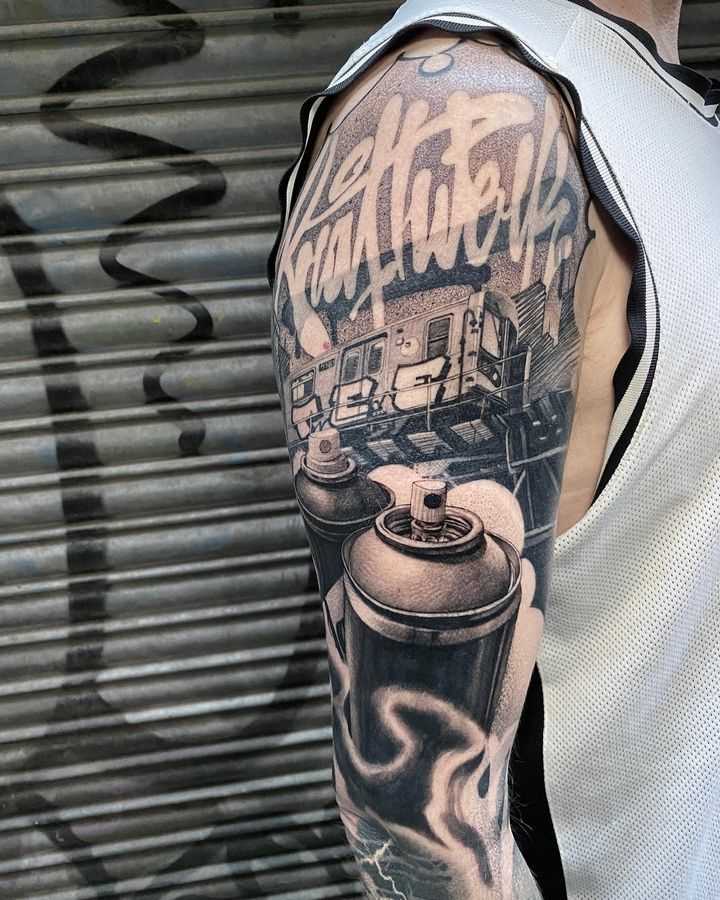
Tagging has greatly influenced the style and subject matter of street art tattoos. Many tattoo designs feature lettering that resembles graffiti tags, with each artist’s signature style being incorporated into the design.
The use of stencil techniques, which are commonly employed in tagging, has also found its way into street art tattoos. Stencils allow artists to create highly detailed and intricate designs, capturing the essence of tags found in urban environments.
Not only has tagging influenced the visual elements of street art tattoos, but it has also contributed to the narrative and storytelling aspect of this art form. Tags often carry personal meanings or messages, and street art tattoos have adopted this same approach. Many tattoos feature tags that hold significance to the wearer, reflecting their individual experiences or beliefs.
| Tagging Techniques | Impact on Street Art Tattoos |
|---|---|
| Stylized letters | Adds an edgy aesthetic to tattoo designs |
| Intricate linework | Creates detailed and visually captivating tattoos |
| Bold colors | Enhances the vibrancy and energy of street art tattoos |
| Stencils | Allows for highly detailed designs inspired by urban tags |
| Personal meanings/messages | Enables storytelling and individual expression through tattoos |
The impact of tagging on street art tattoos can be seen in the fusion of styles, techniques, and narratives that define this unique art form. It has opened up new possibilities for artistic expression and has contributed to the evolution of street art tattoos as a contemporary art form.
The Role of Graffiti in Street Art Tattoo Culture
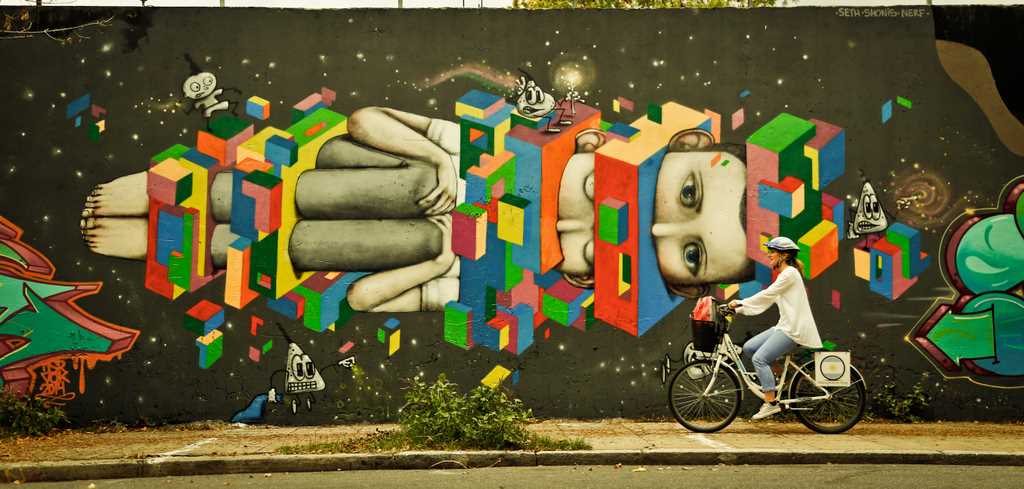
Graffiti has long been an integral part of street art culture, and its influence can also be seen in the world of tattoos. Both graffiti and tattoos are forms of self-expression that allow individuals to showcase their creativity and personal style.
Street art tattoos often incorporate elements of graffiti, such as bold lettering, vibrant colors, and intricate designs. Many tattoo artists draw inspiration from the graffiti they see in the streets and incorporate it into their own work, creating unique and eye-catching designs that capture the spirit of the urban environment.
One of the main reasons graffiti plays such a significant role in street art tattoo culture is its association with rebellion and counterculture. Graffiti has historically been seen as a form of vandalism and an act of defiance against authority. This rebellious spirit resonates with many people who choose to get street art tattoos, as they often see themselves as outsiders or non-conformists.
Furthermore, graffiti is a form of art that is often created in public spaces, making it accessible to a wide audience. The same can be said for tattoos, as they are often displayed on the body and can be seen by anyone. By incorporating graffiti into their tattoo designs, individuals can bring this public art form to a more personal level, making a statement about their own identity and beliefs.
| Benefits of Graffiti-Inspired Tattoos | Drawbacks of Graffiti-Inspired Tattoos |
|---|---|
|
|
Overall, graffiti plays a significant role in street art tattoo culture, serving as a source of inspiration and a way to connect with the rebellious and countercultural aspects of both art forms. Whether you appreciate graffiti as an art form or see it as an act of vandalism, there is no denying its impact on the world of street art and tattoos.
From Walls to Skin
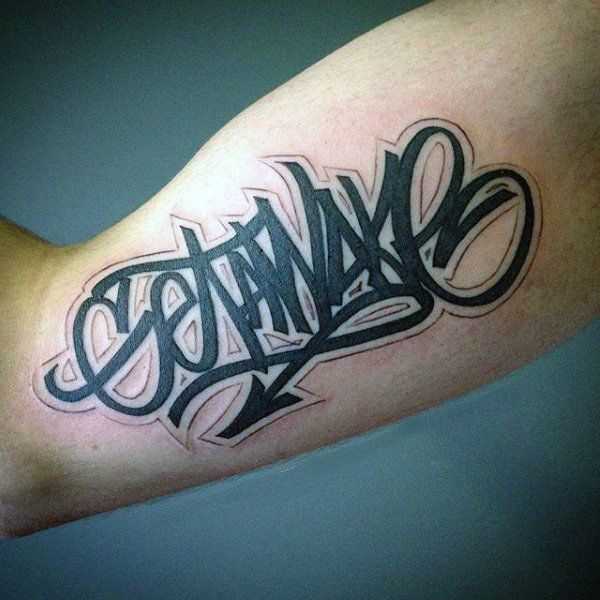
In recent years, street art has made a bold transition from walls to human skin. Street art tattoos have become a popular form of self-expression, allowing individuals to carry their favorite pieces of urban art with them wherever they go.
Street art tattoos are a unique fusion of stencil tag and graffiti, taking the vibrant and dynamic elements of street art and translating them into permanent body art. Artists who specialize in this style often have backgrounds in graffiti, but they have adapted their skills to the intimate canvas of the human body.
These tattoos often feature bold colors, intricate designs, and a sense of movement that reflects the energy and passion of street art. From vibrant murals to intricate character portraits, street art tattoos capture the essence of urban life and invite conversations about art, culture, and personal identity.
One of the appeals of street art tattoos is their ability to tell a story. Each piece is a visual narrative, with layers of symbolism and meaning that can be explored and interpreted by both the wearer and the viewer. These tattoos often reflect the personal experiences and values of the individuals who choose to wear them, creating a lasting and deeply personal connection to the art.
Street art tattoos also challenge the conventional boundaries of art and elevate street art to a new level of appreciation. By transforming it into a form of body art, these tattoos allow individuals to carry a piece of the urban landscape with them, blurring the lines between art and life.
Whether it’s a small stencil tag on the wrist or a full back mural, street art tattoos are a testament to the enduring power of urban art. They serve as a reminder that art can transcend its original context and take on new life in unexpected and exciting ways. From walls to skin, street art continues to evolve and inspire, leaving its mark on both the physical landscape and the bodies of those who choose to embrace it.
So, next time you see a vibrant piece of street art, consider the possibility of carrying it with you forever in the form of a tattoo. It’s a way to honor the art and the artists who bring color and creativity to our cities, and to make a statement about your own unique connection to the urban landscape.
Translating Street Art into Tattoo Designs
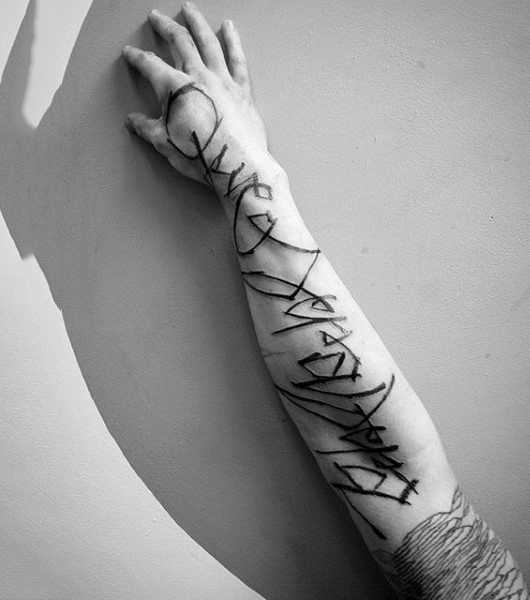
Tattoos have long been a way for people to express their personal style and interests. From traditional designs to more modern and eclectic choices, tattoos allow individuals to showcase their individuality and creativity. One growing trend in the tattoo world is the incorporation of street art into tattoo designs. Street art, with its bold, vibrant colors and unique imagery, is a perfect fit for the world of body art.
Bringing Street Art to Life
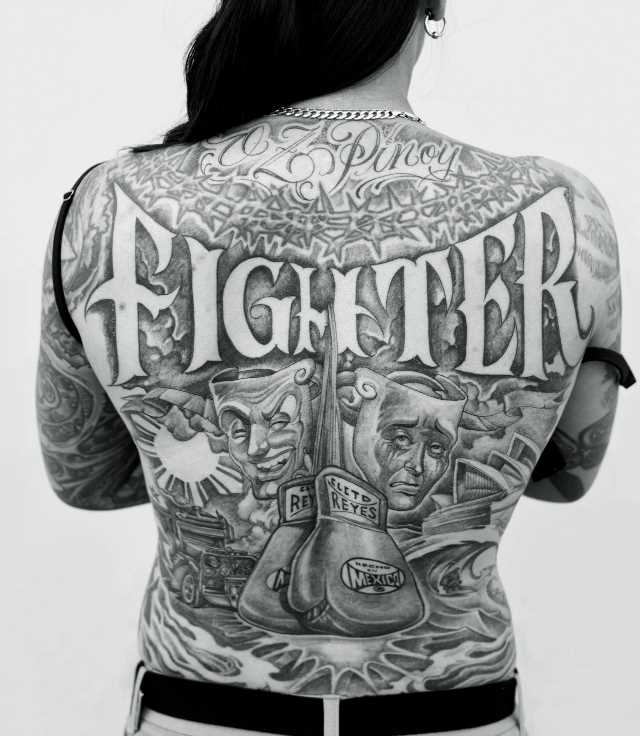
Translating street art into tattoo designs requires a skilled artist who can capture the essence of the artwork while adapting it to fit the body’s contours. Techniques such as stenciling and freehand drawing are often used to recreate the intricate details of street art in tattoo form. This process requires a thorough understanding of both street art and tattooing techniques to ensure a successful translation.
One challenge faced when translating street art into tattoo designs is scale. Street art is often large-scale and meant to be viewed from a distance, while tattoos are typically much smaller and need to be visually appealing up close. Skilled tattoo artists are able to adjust the scale and composition of the street art to create a visually pleasing and balanced tattoo design.
Popular Street Art Tattoo Themes
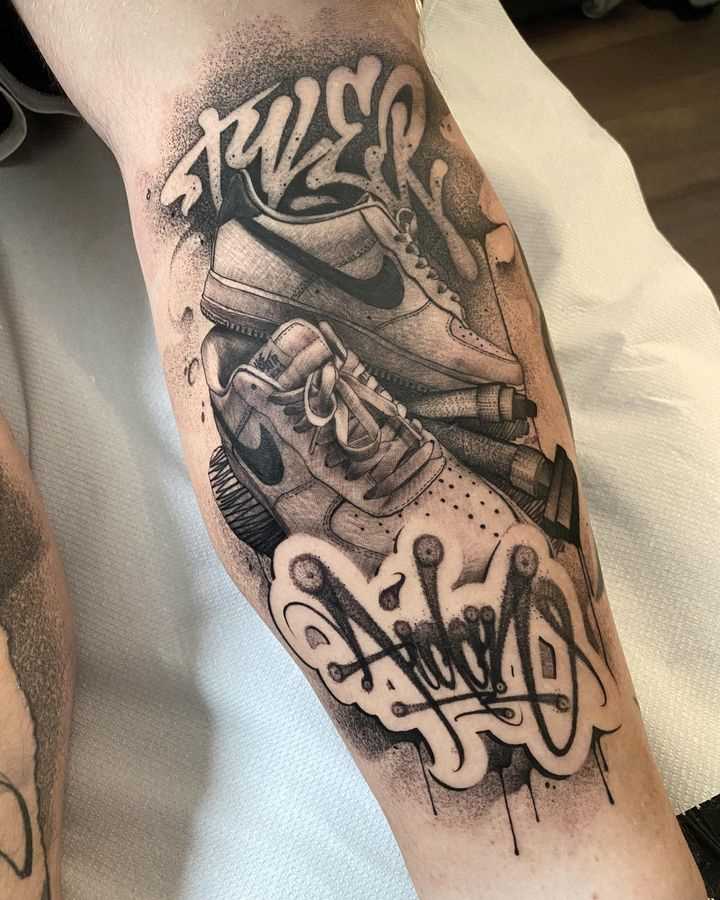
There are endless possibilities when it comes to street art tattoo designs. Some popular themes include:
| Theme | Description |
|---|---|
| Stencil Tags | Stencil tags are a form of street art that uses stencils to create repetitive patterns or designs. These can be transformed into unique and visually striking tattoo designs. |
| Graffiti Characters | Graffiti characters, such as iconic figures or cartoon-like creations, can be transformed into bold and eye-catching tattoo designs. |
| Murals | Murals are large-scale street art pieces that often tell a story or convey a message. Capturing the essence of a mural in a tattoo design can create a powerful and meaningful piece of body art. |
| Abstract Designs | Abstract street art, with its bold shapes and vibrant colors, can be translated into unique and visually stunning tattoo designs. |
Whether you are a fan of street art or simply looking for a bold and unique tattoo design, exploring the fusion of street art and tattoos can open up a world of artistic possibilities. From stencil tags to murals, the translation of street art into tattoo designs allows individuals to wear their favorite artworks on their skin and showcase their love for this vibrant and expressive form of art.

I am a mural enthusiast and a fervent admirer of street art. Rather than creating murals myself, I am passionate about collecting them. My love for street art knows no bounds. I am dedicated to curating and cherishing these artworks that grace the streets. My collection stands as a testament to my profound appreciation for this form of artistic expression.
read about me


